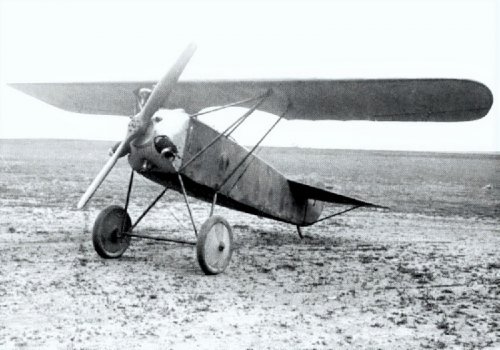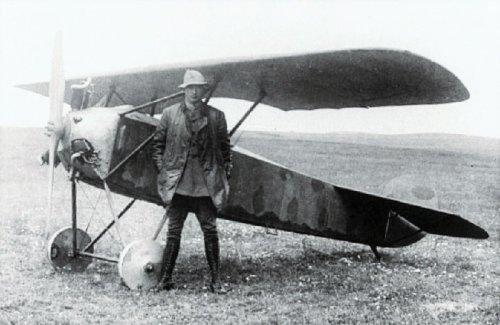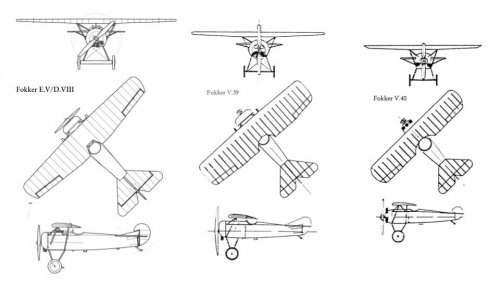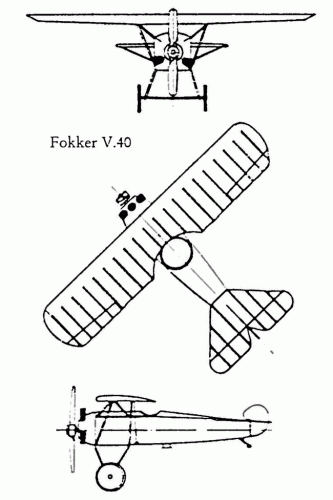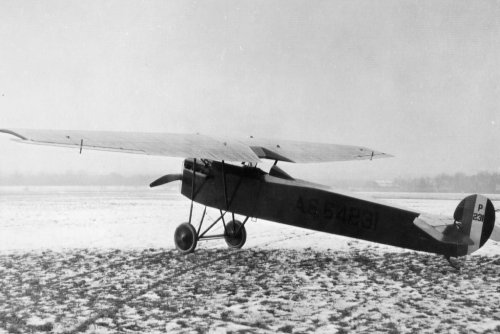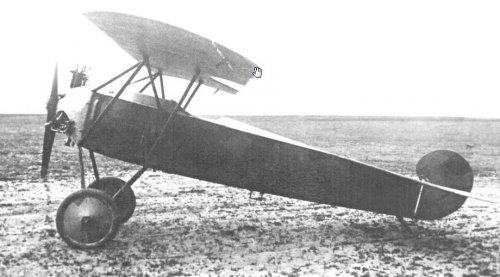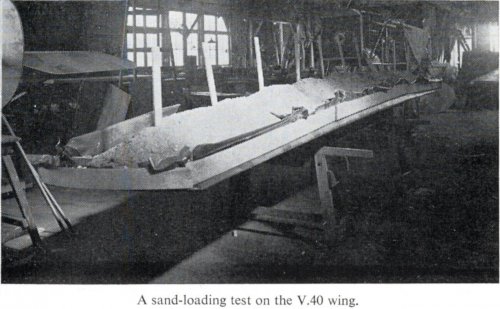Hello, all. I am trying to gather information and/photos on the Fokker V.40, a 3-cylinder-Anzani-powered parasol prototype built right after WWI and based on the D.VIII "Flying Razor" fighter layout.
So far I have found only the same two photos and one 3-view, visible at http://airwar.ru/enc/law1/fokv40.html.
I also put together my own approximate scale comparison of the D.VIII, V.39 (a much larger prototype with a rotary engine), and little V.40 (8.35, 7.00 and 6.20 m wingspans, respectively)
I have ordered a copy of Fokker - The Man and the Aircraft by Hegener, which I believe is the source of at least some of this info.
Does anyone have any other photos, drawing, or info to share or sources to suggest?
Cheers,
Matthew
So far I have found only the same two photos and one 3-view, visible at http://airwar.ru/enc/law1/fokv40.html.
I also put together my own approximate scale comparison of the D.VIII, V.39 (a much larger prototype with a rotary engine), and little V.40 (8.35, 7.00 and 6.20 m wingspans, respectively)
I have ordered a copy of Fokker - The Man and the Aircraft by Hegener, which I believe is the source of at least some of this info.
Does anyone have any other photos, drawing, or info to share or sources to suggest?
Cheers,
Matthew

